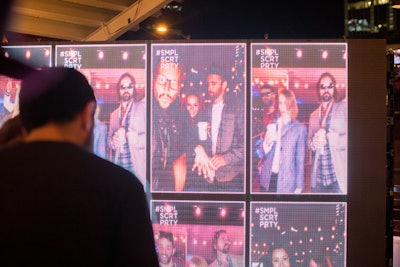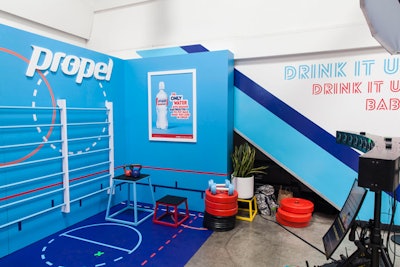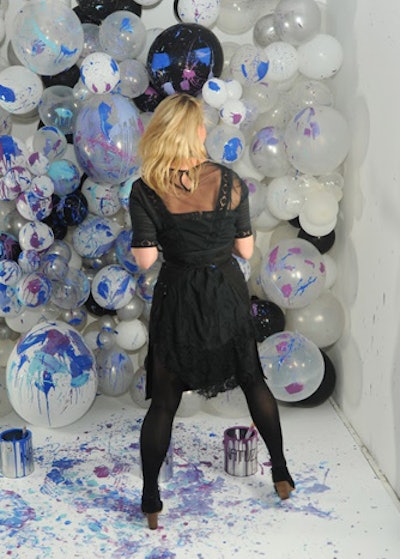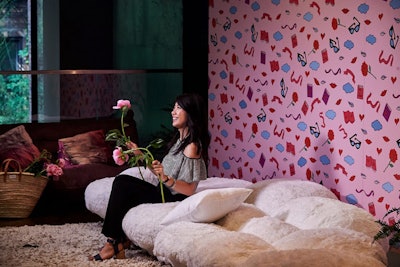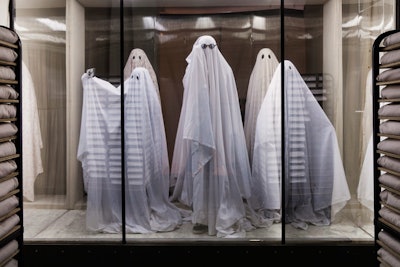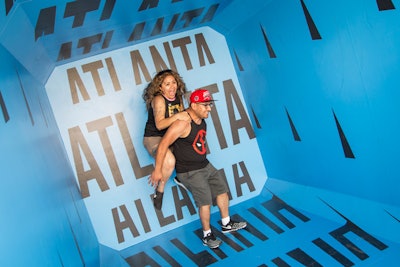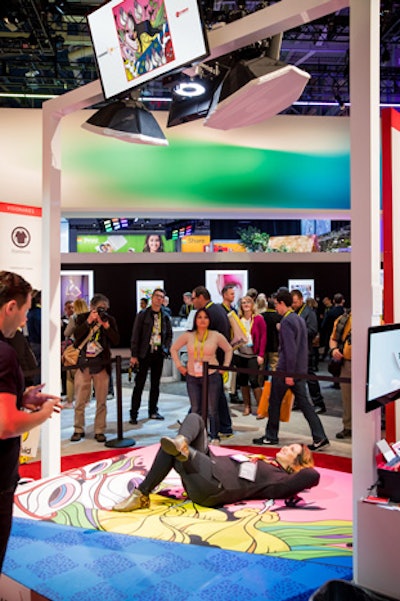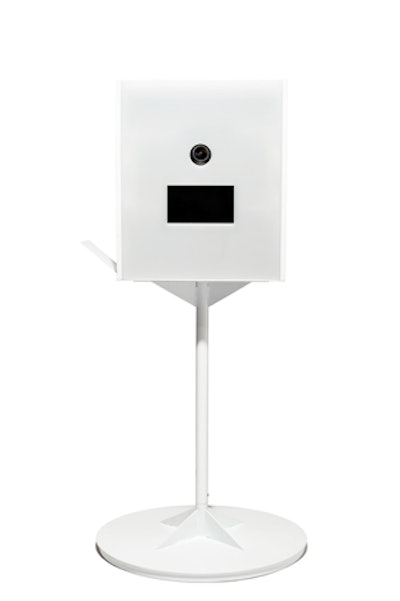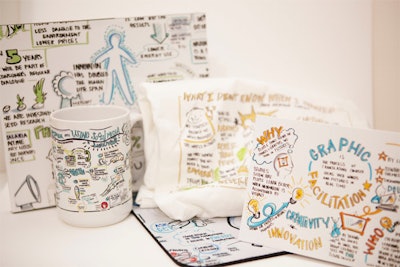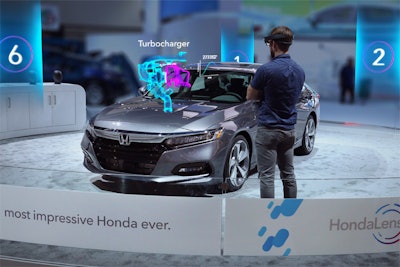
At the Los Angeles Auto Show in December, Honda worked with Spinifex Group and George P. Johnson to create an augmented-reality experience for visitors. As guests walked around the newest Honda Accord wearing a Microsoft Hololens headset, six stories about the vehicle appeared in their view. For example, standing outside the car a hologram version of the new turbocharged engine appeared to float out of the hood to show how it works. As guests sat in the driver’s seat, they experienced different traffic scenarios that were simulated through the windshield in front of them.
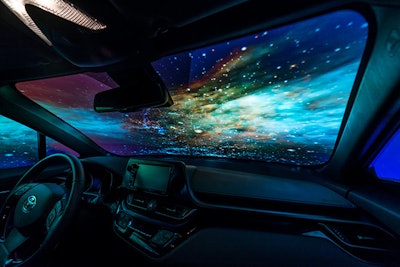
During Art Basel, which took place December 7 to 10 in Miami Beach, Toyota and its agency, Burrell, worked with Lightwave to create an emotion-technology experience to promote the new C-HR subcompact SUV. Before sitting in the car, guests were fitted with wristband heart monitors that tracked their emotional response as they were immersed in an audiovisual experience that included projection mapping on the vehicle’s windows. After they stepped out of the car, a line graph of their heart rate data was projected onto an eight-foot circular canvas, and painters from Lightwave Studio added brushstrokes to turn it into a custom piece of art.
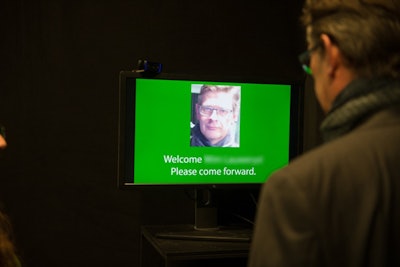
Facial recognition can now be used to streamline event check-in. The organizers of Belgian Roof Day, a trade show for the roofing industry held in Brussels, tested this technology from Zenus at its most recent event in November. About a week before the event, attendees received an email inviting them to upload a headshot to speed up check-in. At the event, those who chose to participate could use a separate “fast lane” that had a screen with a camera attached. When the system recognized the guest standing in front of the camera, the screen would turn green, display a personalized welcome message, and prompt them to pick up their badge at a nearby kiosk.
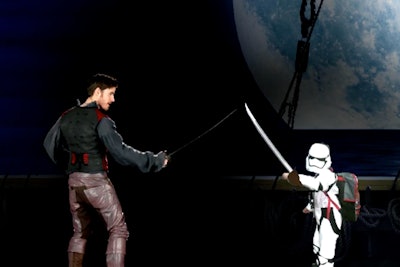
At Comic-Con International in San Diego in July, ABC used an interactive hologram of Captain Hook in its exhibit space to promote Once Upon a Time. The hologram, created by VNTANA, would speak to attendees about the upcoming season and then invite guests to engage in a sword fight.

At the Sundance Film Festival in January, presenting sponsor Acura gave guests a personalized driving experience using virtual reality and brain wave technology. Guests sat inside a spherical motion simulator equipped with a performance driver’s seat and 30 biometric sensors that measured things such as their brainwaves, heartbeat, and facial expressions. Then the scene that unfolded for 90 seconds on the screen in front of them changed based on their inputs, affecting speed, acceleration, colors, sound, and more. Each participant received a shareable picture that showed them during the experience along with a graphical presentation of their mood. The Moods Roads experience reached 2.5 million people through social sharing. Acura’s Sundance experience was created by George P. Johnson, Spinifex Group, GMUNK, Tool of North America, and MullenLowe.

To promote the release of Naked Juice’s Naked Pressed juice, the brand used a solar-powered vehicle that drove from New York to the Santa Monica Pier in March, with a stop in between for five days at South by Southwest in Austin. The truck, created by Future Colossal in partnership with Ignition Factory, had an automatic juice dispenser and a 10-foot interactive display that was used for a multi-player game with consumers at the stops at SXSW and Santa Monica. Using gesture tracking and wireless tablets, the game pitted three players against each other to capture and juice falling produce. At the end of each game the truck automatically dispensed bottles of juice. The solar array powered the game and also doubled as an awning to shield players from sun and rain.
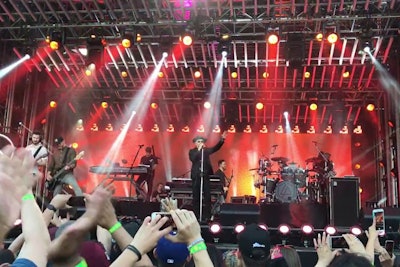
In May, Linkin Park played a free show on the backlot stage at Jimmy Kimmel Live in Los Angeles. The show was free and not ticketed, but the band wanted a way to connect with those who attended after the performance. To do that, it worked with Ampsy, which provides hyper-local social content aggregation, visualization, and analytics. Ampsy used social geofencing to discover posts on social media from people at the concert so the band could thank fans directly and offer them merchandise and other perks.

At the North American International Auto Show in Detroit in January, Ford created a virtual-reality experience to help consumers see how the brand is committed to the “Future of Mobility.” Twelve guests at a time sat in the chairs and donned headsets, which made it feel as if a giant drone was lifting them in the air and flying them around a futuristic city. During the flight, the drone would pause to hover over certain scenes to provide more in-depth information about Ford’s mobility vision. Examples of the content in the experience included two friends using their FordPass app, a driver parking using pre-booking and autonomous vehicle technology, and a demonstration of what cars look like when you don’t need to hold a steering wheel. The flight also included some moments just for fun, such as diving down the side of a skyscraper and zooming down city streets. According to Imagination, which created the VR experience, 9,400 riders participated.
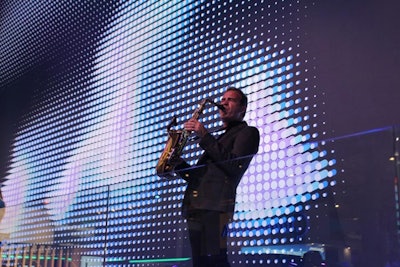
At Mobile World Congress in Barcelona in late February and early March, a massive wall of digital pin art served as the backdrop for Intel’s exhibit booth to provide an eye-catching example of the hyper-connectivity that will be available with 5G, the next generation of wireless technology that’s set to be available in 2020. Dubbed Wonderwall and designed by 2LK and Moving Brands, the 1,248-square-foot high-density LED panel reacted to what was taking place nearby, changing pin sizes, colors, angles, density, and more based on the movement and sounds coming from people in front of it. “It had moments when it was very active and it had moments which were really quiet, when you might mistake it for an inert, physical wall. It was that modulation between those modes which we were hoping would make people interested in the space,” said Glen Yeoh, motion design director at Moving Brands.

At Super Bowl LI in January, the Houston Host Committee gave fans the chance to take a virtual trip to Mars. Future Flight was a 90-foot drop tower that used virtual reality and audio to make riders feel as if they were traveling to Mars, landing on the planet with a few seconds to look around, and then dropping back down to earth and landing on the 50-yard line of a fan-filled NRG Stadium just in time for kickoff. The ride was designed by IDEAS, an Orlando-based experience design agency, and created in partnership with NASA, GES, ImaginNow, Exline Design and Architecture, and A.R.M. Houston is the home of the NASA Johnson Space Center and NASA has a goal of getting to Mars by 2030.
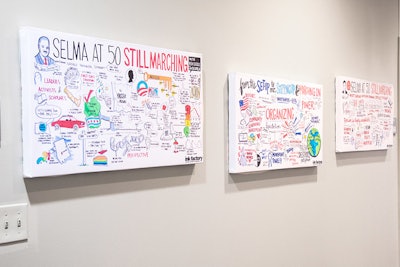
Following its 2015 conference titled Selma at 50: Still Marching, the Chicago Theological Seminary transformed graphic recordings created by Ink Factory into wall art for its office.
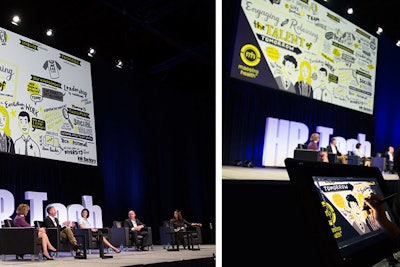
For Maestro Health’s HR Technology Expo & Conference in 2016, Ink Factory’s artist took notes on a digital tablet and the image was projected on large screens that served as the backdrop on the stage.
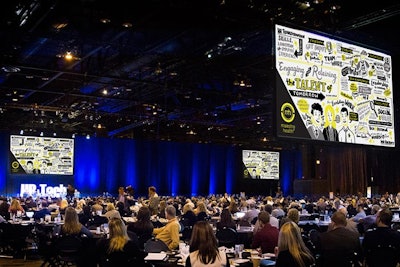
At Maestro Health’s conference, eight screens hung around the large hall so all 9,000 attendees could clearly see the graphic recording as it was being created in real time.
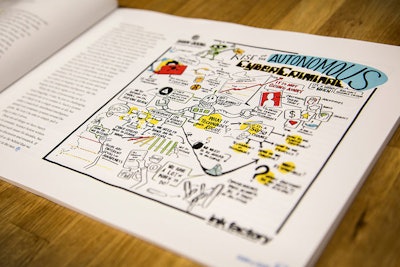
Following Purdue University’s Dawn or Doom conference in 2015, organizers created a book that included details from every talk, and the visual notes created by Ink Factory.
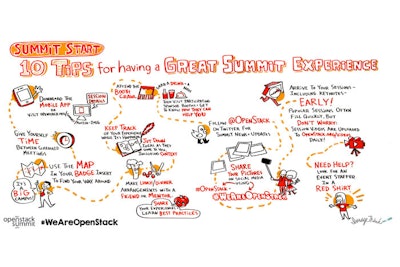
For the OpenStack Summit in Austin in 2016, ImageThink created a graphic with tips for attendees that organizers displayed in the registration area.
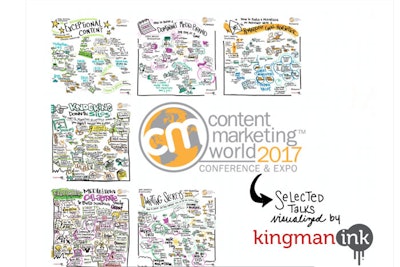
At Content Marketing World, September 4 to 7 in Cleveland, Kingman Ink produced a PDF version of the visual notes its artists created from 20 sessions at the event. The company sent the PDF to attendees who requested a copy.
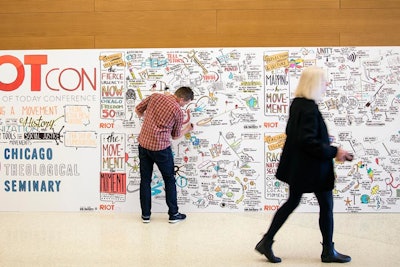
At the Chicago Theological Seminary’s 2016 conference, Ink Factory created a 7- by 20-foot mural illustrating content from sessions.

During Chicago Ideas Week in 2014, Ink Factory visualized the theme of “A Community of Curiosity” on the exterior of the Violet Hour, a bar in the Wicker Park neighborhood.

For a party to commemorate Chicago Trading Company’s 20th birthday, Revel Global Events hired Ink Factory to create a custom 5- by 10-foot light box covered with lightweight acrylic. During the event, artists drew images on the light box to represent key moments in the company’s history. After the event, guests received small Plexiglas versions of the artwork as a gift.
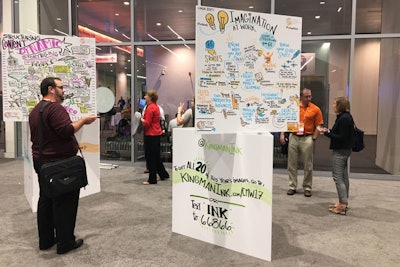
In the atrium and trade show hall at the Huntington Convention Center of Cleveland, Kingman Ink created display towers from the boards of visual notes taken during Content Marketing World sessions.
